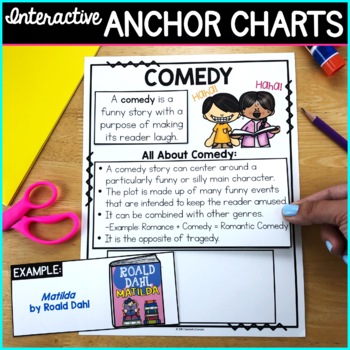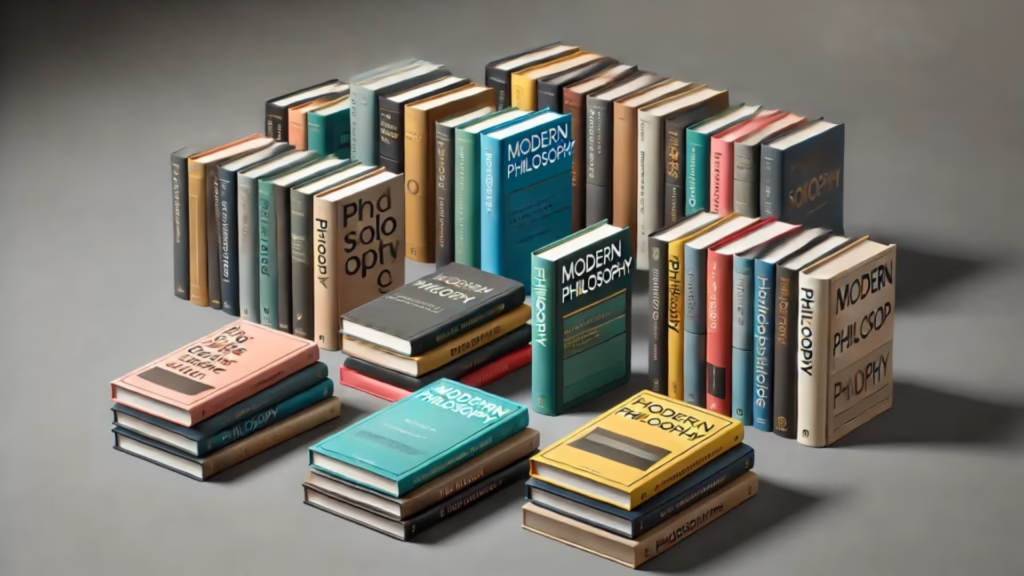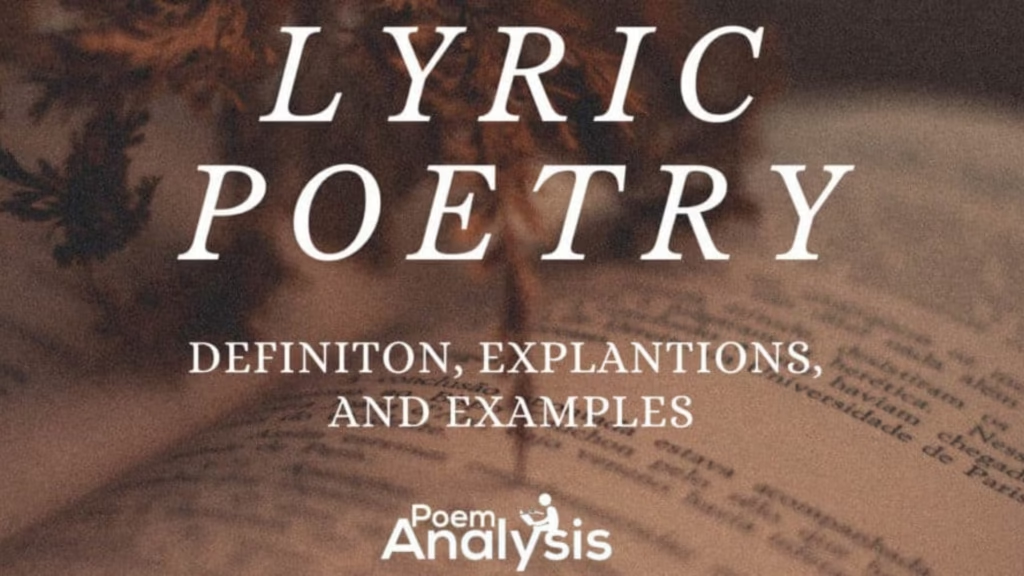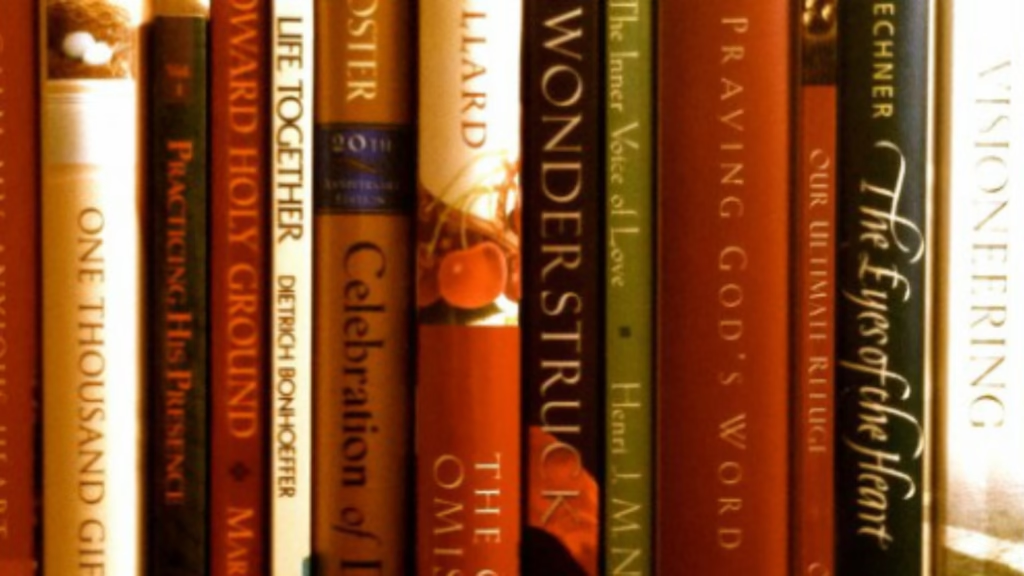The Timeless Appeal of the Comedy Literary Genre – Exploring Laughter in Literature

The comedy literary genre has long served as a mirror reflecting human experience, social dynamics, and cultural nuances through the lens of humor. It transcends mere entertainment, offering readers a delightful escape while simultaneously encouraging them to ponder deeper themes of life, love, and society. From the witty quips of Shakespeare to contemporary comedic novels, the genre thrives, adapting to changes in societal norms and collective consciousness.
Understanding the Essence of the Comedy Literary Genre

To appreciate the comedy literary genre fully, it’s essential to understand its fundamental characteristics and how they manifest in various literary forms. At its core, comedy encompasses humor that stimulates laughter while providing insight into human behavior. This section delves into what makes this genre unique, discussing its historical evolution, key elements, and its role in literature today.
The Historical Roots of Comedy in Literature
Comedy has existed in literature since ancient times, deeply embedded in human storytelling. The origins can be traced back to ancient Greek theater, where playwrights like Aristophanes created works laden with satire and social commentary. These early comedic plays were not solely about eliciting laughter; they also addressed significant societal issues, revealing the power of humor as a tool for critique and reflection.
As literature evolved, comedy adapted alongside changing cultural landscapes. The Renaissance brought forth figures like Shakespeare, whose comedies introduced intricate plots, romantic entanglements, and witty dialogue that resonated with audiences. His works often blurred the lines between comedy and tragedy, creating a rich tapestry of human emotions that kept audiences engaged while prompting them to reflect on their own lives.
In contemporary literature, comedy has diversified further. Authors now experiment with various forms—ranging from comic novels and satirical essays to humorous memoirs and absurdist plays. This evolution signifies the genre’s adaptability and relevance, allowing it to address modern societal challenges while maintaining its core objective of bringing joy and laughter.
Key Elements of Comedy in Literature

While the specifics may vary among different works, certain key elements consistently characterize the comedy literary genre. Understanding these elements grants readers deeper insights into the mechanics of humor and its impact.
Humor is the backbone of comedy, taking many forms, such as wordplay, puns, slapstick, and irony. Writers employ these techniques to craft situations that elicit laughter while cleverly weaving in societal critiques. For instance, a character’s clumsiness might serve as a metaphor for larger human follies, inviting readers to laugh while reflecting on the absurdities of life.
Another vital component is exaggeration. Comedic writers often amplify traits or circumstances to ludicrous extremes, illuminating absurdity in everyday scenarios. This exaggeration can reveal underlying truths about human nature and societal norms, making readers question their assumptions while enjoying the hilarity of the situation.
Additionally, character development plays an integral role in comedy. Memorable characters with distinct quirks and flaws resonate with readers, drawing them into the story’s humor. Whether it’s a bumbling hero or a cynical anti-hero, these characters bring to life relatable experiences, encouraging audiences to find laughter even in their struggles.
Finally, the structure of comedic narratives often includes unexpected twists or reversals. The element of surprise—the sudden turn of events that defies expectations—ensures that humor remains fresh and engaging. Readers are left delighted by the unpredictability of outcomes, which reinforces the notion that life’s twists can lead to unanticipated joy.
The Role of Social Commentary in Comedy

One of the most profound aspects of the comedy literary genre lies in its capacity for social commentary. While aimed at lifting spirits, comedic works often critique prevailing norms, politics, and cultural practices, challenging readers to confront uncomfortable truths.
Writers like Mark Twain and George Orwell masterfully employed humor to critique societal issues. Twain’s satirical tales, such as “The Adventures of Huckleberry Finn,” expose the absurdities of racism and social hierarchy, inviting readers to laugh while grappling with serious moral dilemmas. Such works serve as reminders that humor can exist hand-in-hand with poignant criticism, shedding light on injustices while encouraging empathy and awareness.
In today’s context, comedy continues to navigate complex topics, addressing matters like mental health, identity, and environmental concerns through humor. Comedians and writers leverage their platforms to discuss pressing issues while keeping audiences entertained. By doing so, they foster crucial conversations within society, demonstrating that laughter can facilitate understanding and connection.
Different Forms of Comedy in Literature

The diversity within the comedy literary genre manifests in various forms, each offering unique pathways for humor and insight. In this section, we will explore several main types of comedy, elaborating on their attributes and contributions to literature.
Romantic Comedy: Love and Laughter Intertwined
Romantic comedy is a beloved subgenre that combines humor with themes of love, relationships, and social interactions. Central to romantic comedies is the tension between characters, often arising from misunderstandings, miscommunications, or societal pressures.
At its core, romantic comedy illustrates the journey toward love, punctuated by humorous situations that highlight the quirks of dating and courtship. Classic authors like Jane Austen excelled in this domain, crafting stories rich with wit, keen observations of social mores, and vibrant character dynamics. In works like “Pride and Prejudice,” she skillfully portrays the comedic misadventures of her characters, inviting readers to enjoy both the romantic pursuits and the social intricacies intertwined with them.
Contemporary examples, from lighthearted novels to blockbuster films, continue to explore similar themes. Characters often navigate humorous obstacles that ultimately deepen their emotional connections. This blend of laughter and romance extends beyond mere entertainment, showcasing the complexities of human relationships while reinforcing the idea that love, despite its challenges, is worth pursuing.
Satirical Comedy: Critique Through Wit
Satire serves as a powerful tool within the comedy literary genre, enabling writers to comment on societal issues through humor. Unlike other forms, satire employs sharp wit and irony to expose flaws in institutions, behaviors, and ideologies.
Authors like Jonathan Swift and Oscar Wilde exemplified the effectiveness of satire. Swift’s “A Modest Proposal” illustrates how biting humor can compel readers to confront dire social issues—through absurd recommendations, he highlights the horrors of poverty and exploitation in 18th-century Ireland. Similarly, Wilde employed clever repartee and humorous anecdotes to challenge Victorian norms, critiquing hypocrisy while entertaining his audience.
In the modern landscape, satirical comedy remains relevant, addressing political climates, cultural phenomena, and societal trends. Television shows like “Saturday Night Live” and literary works like “The Office” use humor to dissect contemporary issues, showcasing how laughter can provoke thought and inspire social change. Through satire, writers encourage audiences to reflect critically on their beliefs and actions while providing a cathartic release through laughter.
Absurdist Comedy: Humor in the Unpredictable
Absurdist comedy introduces a unique perspective on humor, embracing chaos and the nonsensical aspects of existence. This form often reflects existential themes, highlighting the absurdity of life’s situations and the human condition.
Writers like Samuel Beckett and Franz Kafka explored these themes through absurdist narratives, capturing the randomness and irrationality of human experiences. Beckett’s “Waiting for Godot” epitomizes this genre, presenting characters who engage in seemingly meaningless dialogues while awaiting an elusive figure. The humor arises from the recognition that life can be unpredictable and devoid of clear purpose, prompting audiences to laugh at the folly of searching for meaning in an indifferent universe.
Today, absurdist comedy resonates in various media, from literature to television. Shows like “Rick and Morty” embrace absurdity while addressing complex philosophical questions, inviting viewers to find humor in the chaotic nature of existence. By embracing the unpredictable, absurdist comedy encourages audiences to accept life’s uncertainties and find solace in laughter amidst turmoil.
Dark Comedy: Finding Humor in Tragedy
Dark comedy navigates the line between humor and discomfort, often exploring themes of death, suffering, and morbid situations. While this type of comedy may provoke unease, it offers a unique lens through which to confront difficult subjects.
Writers like Kurt Vonnegut and David Foster Wallace utilized dark humor to tackle issues of mortality and existential dread. Vonnegut’s “Slaughterhouse-Five” blends humor and tragedy, portraying the absurdity of war and the inevitability of death. This juxtaposition allows readers to grapple with heavy themes while recognizing the absurdity inherent in human life.
Modern interpretations of dark comedy continue to challenge audiences by addressing taboo topics in ways that invite reflection. Films like “Jojo Rabbit” and shows like “The Addams Family” illustrate how humor can provide relief in the face of adversity, allowing individuals to examine grief, loss, and societal absurdities while experiencing laughter.
The Therapeutic Effects of Comedy in Literature

Beyond entertainment, the comedy literary genre holds profound therapeutic potential. Laughter has been shown to have positive effects on mental health, fostering resilience and promoting emotional well-being. In this section, we will delve into the therapeutic effects of comedy, examining how it helps individuals process emotions, cope with challenges, and build connections through shared humor.
Laughter as a Coping Mechanism
Laughter acts as a natural antidote to stress and anxiety, providing individuals with a temporary escape from life’s burdens. When faced with challenges, turning to comedy—whether through books, stand-up routines, or humorous anecdotes—can create a space for relief.
Humor triggers the release of endorphins, enhancing overall mood and fostering a sense of well-being. In moments of struggle, finding joy in comedic narratives allows individuals to gain perspective and reframe their circumstances. This perspective shift is particularly valuable when dealing with trauma or loss, as comedy provides a means to confront painful experiences with levity.
Moreover, humor encourages vulnerability. By sharing humorous insights into personal struggles, individuals foster connections with others. This communal experience—even if centered around difficult topics—can alleviate feelings of isolation and promote understanding. Engaging with comedy creates a sense of belonging, reminding individuals that they are not alone in facing life’s ups and downs.
Comedy as a Lens for Reflection
Reading comedic literature invites introspection, prompting readers to explore their own emotions and experiences. As humorous narratives unfold, audiences may find resonances with their lives, provoking reflections on relationships, aspirations, and societal expectations.
Characters’ comedic misadventures often serve as mirrors, allowing readers to recognize their own shortcomings and triumphs. This recognition fosters self-awareness, encouraging individuals to approach their challenges with a lighter heart. Additionally, humor can help individuals confront insecurities or anxieties, illustrating that imperfections are part of the human experience.
Engaging with comedic literature can also spark conversations about mental health and emotional wellness. Humor provides an accessible entry point for discussing sensitive topics, dismantling stigma while encouraging open dialogue. By sharing laughter over common struggles, individuals empower one another to seek assistance and support, reinforcing the importance of mental health awareness.
Building Connections Through Shared Humor
Comedy thrives on shared experiences, connecting individuals across cultures, generations, and backgrounds. Engaging with comedic narratives fosters camaraderie, reminding individuals of their shared humanity and the joys of laughter.
Whether through book clubs, live performances, or informal gatherings, humor cultivates community. Sharing laughter creates bonds, enabling individuals to forge connections based on mutual appreciation for comedy. Comedic storytelling serves as a bridge that transcends differences, fostering empathy and understanding.
Furthermore, humor can facilitate reconciliation in strained relationships. By incorporating laughter into difficult conversations, individuals create a more relaxed atmosphere, making it easier to share vulnerabilities and resolve conflicts. Humor softens tension, paving the way for open communication and healing.
Conclusion
The comedy literary genre stands as a testament to the enduring power of humor to entertain, enlighten, and connect us all. From its historical roots to its diverse manifestations today, comedy remains an invaluable aspect of literature that illuminates the human experience. Beyond the laughter it brings, the genre serves as a vehicle for social commentary, exploration of complex themes, and emotional healing.
As we navigate the challenges of contemporary life, the importance of comedy cannot be overstated. It enables us to confront our realities with a smile, fostering resilience and encouraging meaningful connections. Ultimately, the comedy literary genre continues to thrive, proving that laughter truly is an essential ingredient for a fulfilling human experience.











